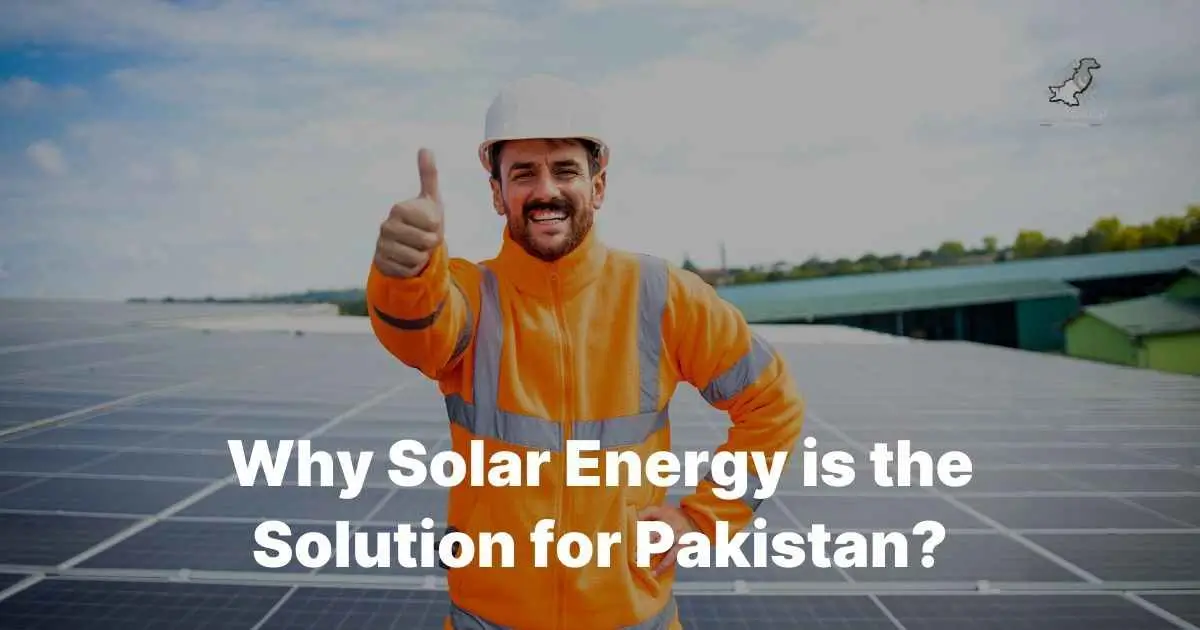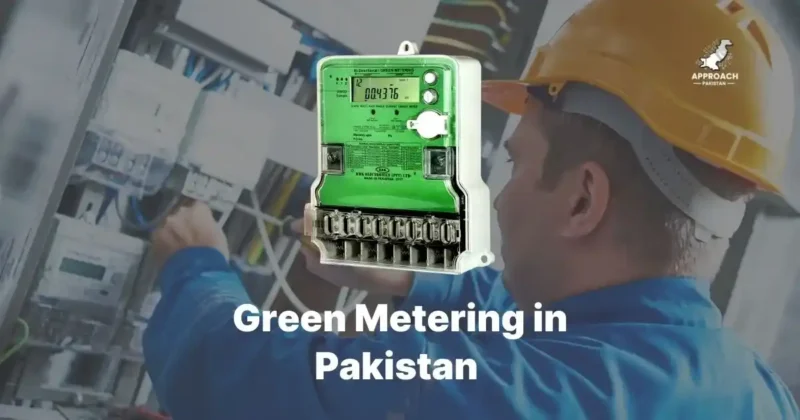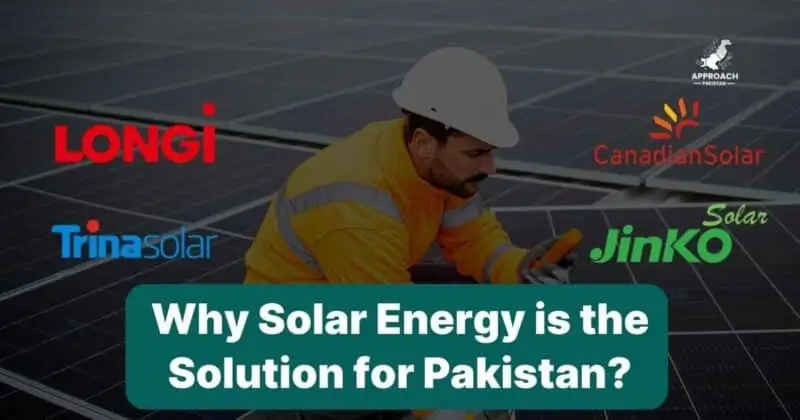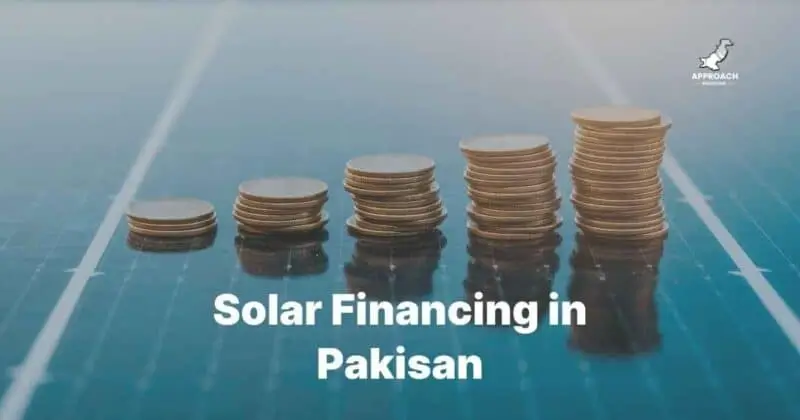Why Solar Energy is the Solution for Pakistan

Solar energy is Pakistan’s most viable solution to its electricity crisis because the country receives 5-7 kWh/m²/day of solar radiation across 95% of its territory, can reduce electricity bills by 70-80%, and offers energy independence from an unreliable grid system that currently provides only 6-10 hours of daily power to most areas.
Introduction: Pakistan’s Energy Landscape Crisis
Your monthly electricity bill keeps climbing while power outages disrupt your daily routine. You’re not alone in this struggle. Pakistan faces an 18-hour daily load shedding crisis in rural areas and 8-12 hours in cities.
The numbers tell a harsh story. Pakistan imports over 60% of its energy needs through expensive fossil fuels. This dependency costs the government nearly 95 billion rupees monthly just for gas and furnace oil purchases.
Rising tariffs hit your wallet hard. Electricity rates jumped 155% over three years, forcing families to choose between comfort and financial stability.
Pakistan’s Exceptional Solar Energy Potential
Geographical Gold Mine
Pakistan sits in the global Sun Belt between 24°-27° north latitude. This prime location gifts the country with year-round solar abundance. Mother Nature couldn’t have been more generous.
The country receives 5-7 kWh/m²/day of solar radiation across 95% of its territory. Compare this to Germany’s 3 kWh/m²/day – and Germany leads Europe in solar adoption.
Provincial Solar Powerhouse Data
| Province | Daily Solar Radiation | Annual Sunshine Hours | Solar Potential Rating |
| Balochistan | 6.5-7 kWh/m²/day | 2,700+ hours | Excellent |
| Sindh | 6-6.5 kWh/m²/day | 2,500-2,700 hours | Excellent |
| Punjab | 5.5-6 kWh/m²/day | 2,300-2,500 hours | Very Good |
| KPK | 5-5.5 kWh/m²/day | 2,200-2,400 hours | Good |
Balochistan and Sindh receive over 440 cal/cm² daily. That’s enough energy to power entire cities if properly utilized.
Economic Benefits of Solar Energy Transition
Breaking Free from Bill Shock
Solar panels pay for themselves once, unlike fossil fuels that drain your wallet monthly. A typical Pakistani household spends PKR 15,000-40,000 monthly on electricity. Solar cuts this by 70-80%.
Here’s the math that matters to your budget:
| System Size | Initial Cost | Monthly Savings | Payback Period |
| 3kW Residential | PKR 400,000 | PKR 12,000 | 2.8 years |
| 5kW Residential | PKR 650,000 | PKR 20,000 | 2.7 years |
| 10kW Commercial | PKR 1,200,000 | PKR 40,000 | 2.5 years |
State Bank Financing Makes It Affordable
The State Bank of Pakistan offers solar financing from 1kW to 100kW systems. Banks provide loans up to PKR 50 million with competitive rates. You don’t need to drain your savings upfront.
Industrial units save millions annually. Production facilities switching to solar report 40-60% reduction in operational costs. That’s money back in business growth instead of utility bills.
Environmental and Climate Advantages
Clean Air, Clear Conscience
Pakistan ranks among the world’s most polluted countries. Karachi and Lahore often top global pollution charts. Solar energy produces zero emissions during operation.
Every 1MW of solar power prevents 1,500 tons of CO2 annually. That’s equivalent to planting 62,000 trees. Your rooftop can become an environmental hero.
Climate change hits Pakistan hardest. The 2022 floods affected 33 million people. Reducing fossil fuel dependency helps fight the climate crisis that threatens our future.
Energy Independence and Security
Breaking Import Chains
Pakistan spends $15-20 billion annually importing oil and gas. This money flows out of the country instead of building local infrastructure. Solar keeps energy money at home.
Local energy production creates a domino effect. Reduced imports improve the trade balance. A stronger rupee benefits every Pakistani’s purchasing power.
Remote areas get reliable power for the first time. Over 40,000 Pakistani villages lack grid electricity. Solar brings light, education, and economic opportunity to forgotten communities.
Social and Economic Development Impact
Job Creation Across the Value Chain
Solar industry employment spans multiple sectors. Installation technicians, sales representatives, engineers, and maintenance specialists all benefit. The sector could create 200,000+ jobs by 2030.
| Job Category | Current Positions | Projected 2030 | Skill Level Required |
| Installation Technicians | 5,000 | 75,000 | Vocational Training |
| Sales & Design | 2,000 | 35,000 | Diploma/Bachelor’s |
| Engineers | 1,000 | 15,000 | Engineering Degree |
| Manufacturing | 500 | 25,000 | Technical Skills |
Small businesses thrive with reliable power. Shops, clinics, and workshops can operate without generator costs. Solar levels the playing field for rural entrepreneurs.
Government Policies and Support Framework
Policy Progress Creates Opportunity
The National Electricity Policy 2021 targets 60% renewable energy by 2030. This ambitious goal requires massive solar deployment. Early adopters position themselves advantageously.
Net metering regulations allow you to sell excess power back to the grid. Your roof becomes a mini power plant generating income. Over 302,409 net metering connections already operate nationwide.
Khyber Pakhtunkhwa leads provincial initiatives with a PKR 55 billion solar program. The province plans to solarize 13,000 public buildings and provide free solar units to 65,000 low-income households.
Technological Accessibility and Scalability
Simple Solutions for Complex Problems
Rooftop solar installation takes 1-3 days for residential systems. No major construction or permits required. Your electrician can handle most installations with basic training.
System sizes scale from 1kW for small homes to 50MW for industrial complexes. Solar adapts to your needs, not the other way around. Start small and expand later if needed.
Off-grid solutions power remote schools, health clinics, and water pumps. Solar-powered irrigation transforms agriculture in water-scarce regions. Technology serves humanity’s basic needs.
Overcoming Implementation Challenges
Addressing Real Concerns
High upfront costs worry many families. However, exploring solar financing options in Pakistan makes systems affordable with zero down payment plans. Monthly loan payments often equal current electricity bills.
Quality concerns about system performance during monsoons are valid. Premium solar panels maintain 85%+ efficiency even on cloudy days. Top 10 solar companies in Pakistan offer 20-25 year warranties for peace of mind.
Technical skills shortage requires targeted training programs. Vocational institutes now offer solar installation certifications. The government should expand these programs nationwide.
Future Outlook and Projections
2030 Vision Becoming Reality
Pakistan aims for 60% clean energy by 2030. Solar capacity projections show growth from 1.41 GW in 2024 to 9.53 GW by 2029. Early adopters benefit most from this transformation.
| Year | Projected Solar Capacity | Estimated Cost Reduction | Market Maturity |
| 2025 | 3.2 GW | 15% lower prices | Emerging |
| 2027 | 5.8 GW | 30% lower prices | Growing |
| 2030 | 9.5 GW | 45% lower prices | Mature |
Technology advances continue reducing costs. Battery storage prices dropped 90% in the last decade. Grid integration becomes smarter with AI-powered management systems.’re working with reputable providers who offer comprehensive warranty coverage.




